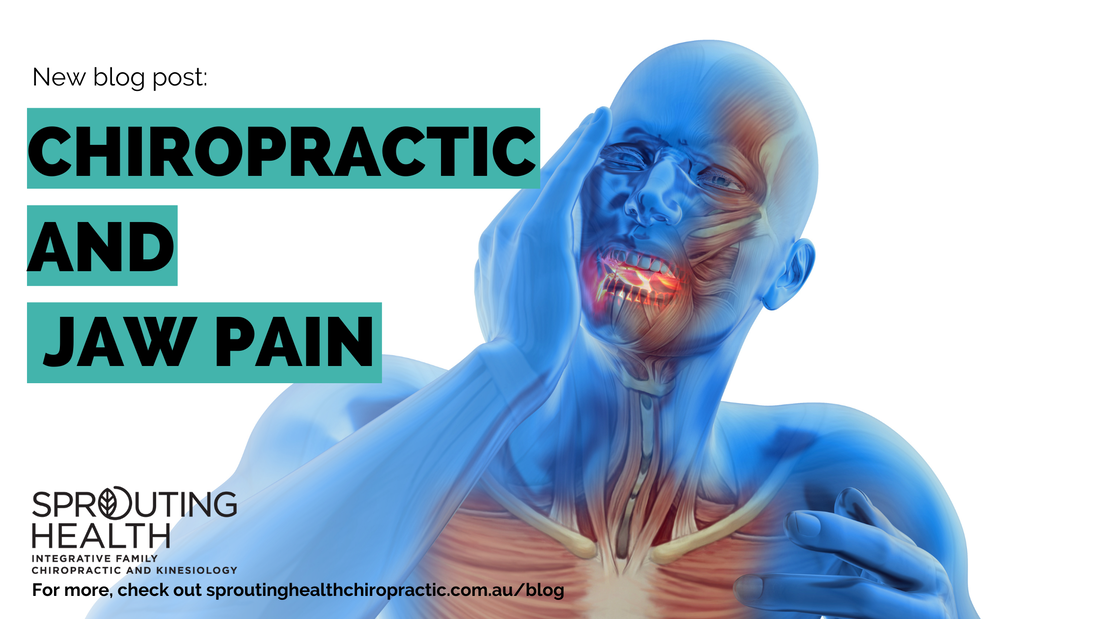|
Temporomandibular joint disorder or also known as TMD, is a common problem that many people do have. There is no one cause that has been identified for TMJ pain. Some predisposing factors that may contribute to TMJ pain are direct or indirect trauma, changes in occlusion (bite), systematic, genetic and psychosocial factors. (Graff Radford 2014)
Symptoms of TMD are variable among people. Headache and facial pain are chief complaints (Thilander 2002). There was a study that looked at 825 individuals with TMD. The study found that 59% has muscular pain, 13% had joint pain and 16% had both. (Vollaro 2001) Pain originating from the joint is well localized whereas pain originating from the muscle is more diffused. If the lateral pterygoid (one of the main chewing muscles) is hypertonic (too tight), a deep retro-orbital (around eys) pain may be felt (Laskin 2005). So what can help with TMD and the possible symptoms coming from it? There have been previous studies that looked at Chiropractic manual therapies on TMD and other methods such as combining manual therapy with dry needling or acupuncture to reduce TMD symptoms. All studies showed an improvement in symptoms. However, there is little research on Chiropractic treatment specifically on TMDs. A study in 2019 aimed to look at the effectiveness of Chirorpactic treatment on those with TMD. The study found that Chirorpactic had the ability to improve TMD symptoms. With regards to headache symptoms, chiropractic treatment could improve headaches of TMJ origin. However, a more extensive study should be conducted using a bigger sample group in order to more accurately represent the general population. So therefore, the results are no conclusive. If you have jaw pain or suspect TMD, we here at Sprouting Health Chiropractic would be happy to help manage and advise you of your problem. Citations
0 Comments
Leave a Reply. |
AuthorBlogs by the team at Sprouting Health Archives
July 2024
Categories |


 RSS Feed
RSS Feed
